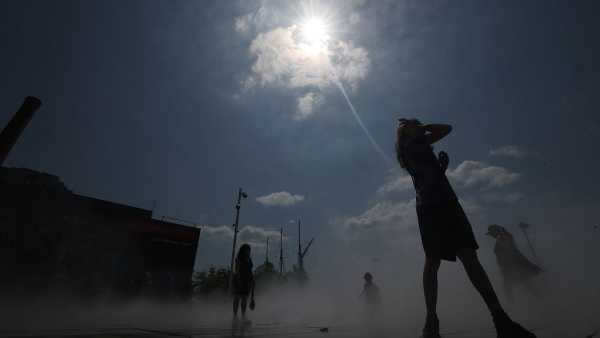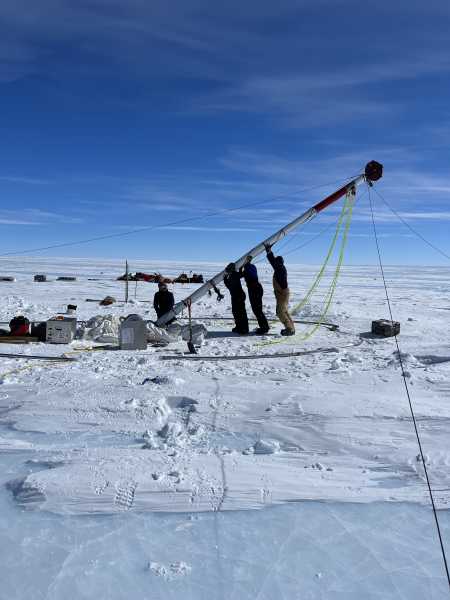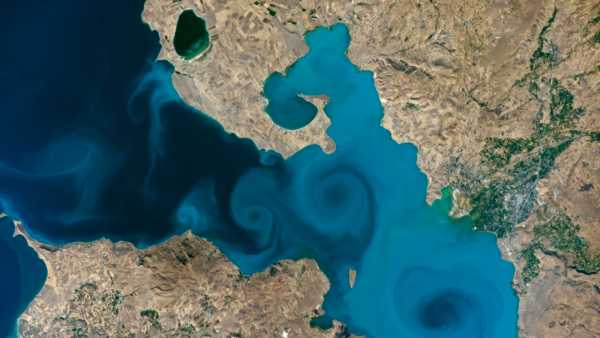
NASA astronaut Kate Rubins captured this image of Lake Van, showcasing milky vortices, or “turbidity plumes,” swirling within the lake's highly alkaline waters. (Credit: NASA/ISS/Kate Rubins) KEY DETAILS
Location: Lake Van, Turkey [38.91395038, 43.12483070]
What's captured? Uncommon plumes primarily composed of inorganic materials spiraling in an alkaline lake.
Photographer: NASA astronaut Kate Rubins aboard the International Space Station.
Capture date: September 12, 2016.
This striking astronaut photograph reveals a series of creamy-white whirlpools formed in the waters of Turkey's Lake Van, Earth's largest “soda lake.” While these vortices resemble common natural patterns, their occurrence is far more unusual.
Lake Van spans approximately 3,100 square kilometers (1,200 square miles), making it Turkey's largest lake—slightly smaller than Rhode Island. Its surface lies 1,640 meters (5,380 feet) above sea level, with water pH levels around 10, indicating strong alkalinity.
The image above highlights Lake Van's Erciş region along its northern shore. The swirling patterns closely resemble algal bloom formations, where plankton species multiply rapidly within wind-driven currents. However, their origin differs fundamentally.
YOU MIGHT ALSO LIKE
-
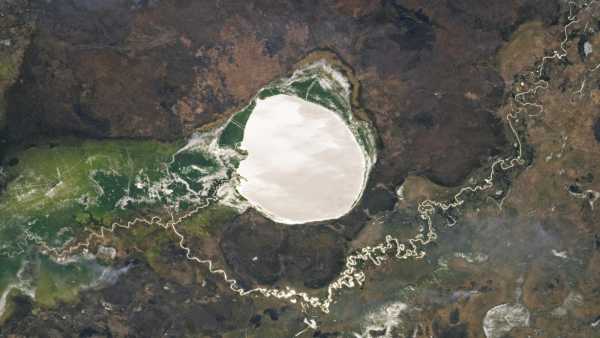
African crater lake transformed into massive silvery “mirror” by rare phenomenon
-
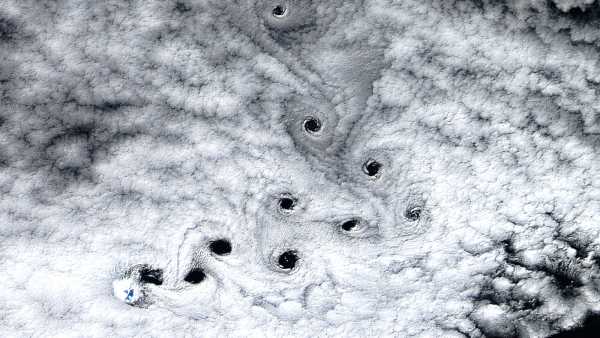
Ten eerie “dark voids” spotted swirling above uninhabited island near Antarctica
-
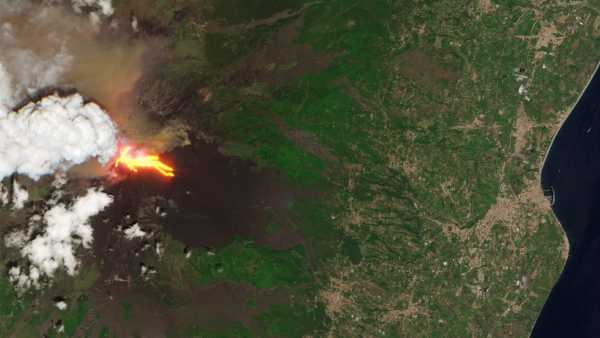
“River of fire” flows from Mount Etna during explosive volcanic outburst
According to NASA's Earth Observatory, the milky substance in the lake consists mainly of calcium carbonate, along with minor concentrations of detritus—organic debris from living and deceased organisms.
These creamy swirls, termed “turbidity plumes,” are suspended particle clouds formed by natural or human-induced disturbances of the lakebed. Their occurrence is more likely in this region due to shallower depths compared to other areas, where maximum depths reach roughly 450 meters (1,450 feet).
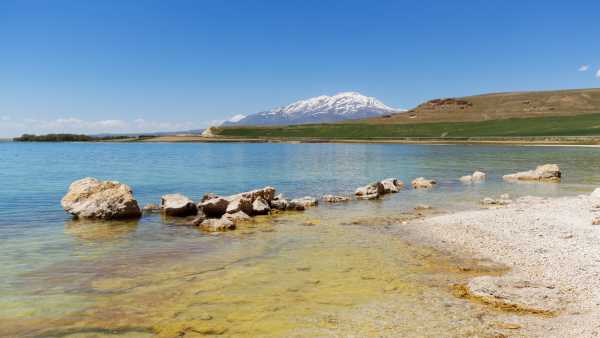
Lake Van holds the title of Earth's largest alkaline or “soda lake,” with a pH near 10.
The lake also hosts one of Earth's highest concentrations of microbialites—free-floating organo-sedimentary structures created through mineral capture and precipitation by microbial communities. Peak microbialite formation occurs during spring and autumn when these communities thrive. However, per the Earth Observatory, this isn't linked to the vortices' formation.
Elevated pH levels result from high carbonate salt concentrations accumulated over time, as the lake is “endorheic” (lacking outflow). Evaporation thus intensifies salt levels.
Salinity here is so extreme that water rarely freezes, despite winter temperatures often dipping below 32°F (0°C).
MORE EARTH FROM SPACE
— Ethereal algal swirl blooms at heart of Baltic Sea's vast “dead zone”
— Svalbard's radioactive “Bear Island” encircled by rare cloud vortices and massive algal bloom
— Mysterious substance observed circulating across Baltic Sea surface
Lake Van's water levels have fluctuated dramatically over 600,000 years due to Earth's climatic shifts altering inflow and evaporation rates. A 2014 study revealed depth variations exceeding 600 meters (2,000 feet) during this period.
While large milky swirls aren't algal blooms, small phytoplankton clusters can be seen along Erciş's shoreline and in a minor lake visible at the image's top.
TOPICS Earth from Space

Harry BakerSocial Links NavigationSenior Staff Writer
Harry is a UK-based senior staff writer at Live Science. He studied marine biology at the University of Exeter before transitioning to journalism. His work covers diverse topics including space exploration, planetary science, space weather, climate change, animal behavior, and paleontology. His recent maximum solar coverage earned a 2024 Aerospace Media Award and was shortlisted for the 2023 NCTJ Awards for Excellence. He also authors Live Science's weekly “Earth from Space” series.
You must provide a publicly visible name before commenting.
Please log out and sign back in to confirm your display name.
Sign out Read more
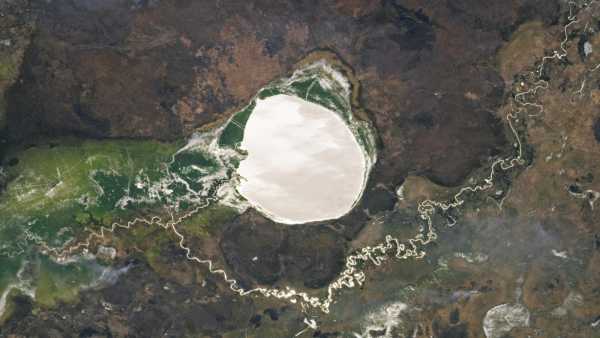
African crater lake transformed into massive silvery “mirror” by rare phenomenon
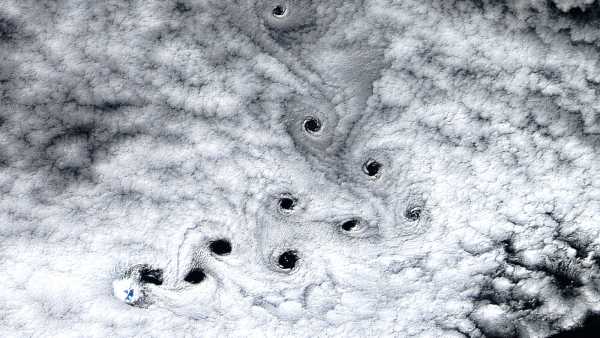
Ten eerie “dark voids” spotted swirling above uninhabited island near Antarctica
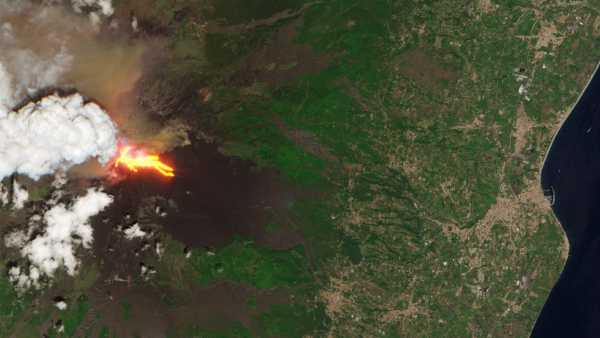
“River of fire” flows from Mount Etna during explosive volcanic outburst LATEST IN RIVERS & OCEANS
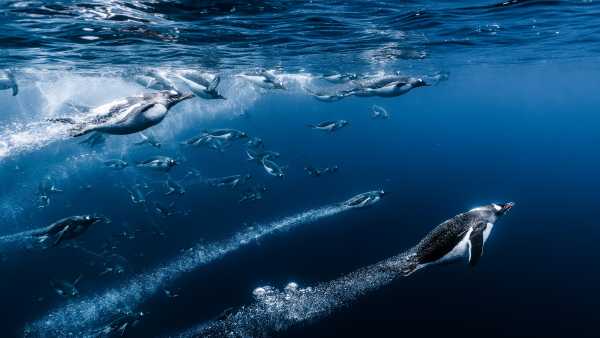
Rocket-shaped jellyfish, regal Komodo dragons, and agonizing whale rescue — meet the stunning finalists of the Ocean Photographer of the Year 2025

North Sea data shows “rogue waves” can reach 65 feet high but aren't “freak events”
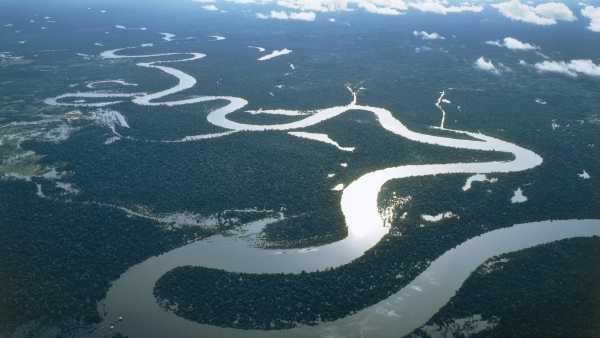
Even minor slowdown of key Atlantic currents poses “huge risk” for rainforests
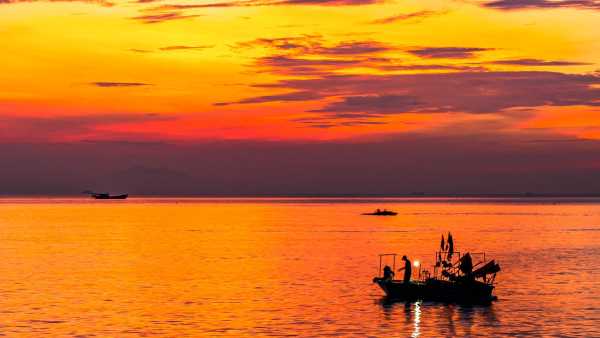
96% of the world's oceans experienced extreme heat waves in 2023, new study finds
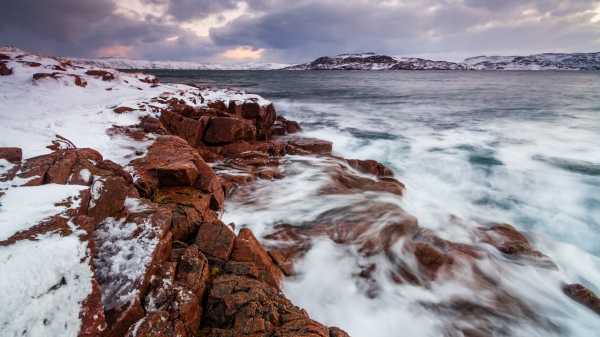
Collapse of key Atlantic currents could be prevented by newly discovered backup system, study suggests
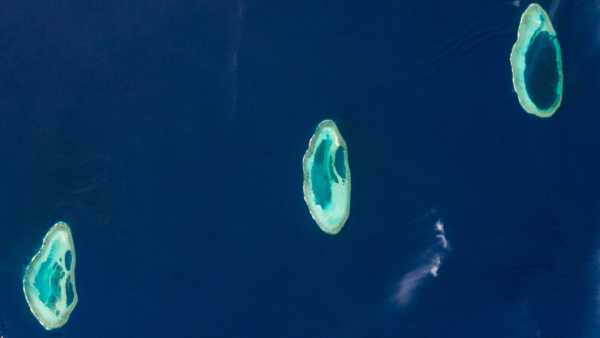
Perfect trio of prehistoric atolls shines like tropical jewels off Australian coast LATEST NEWS
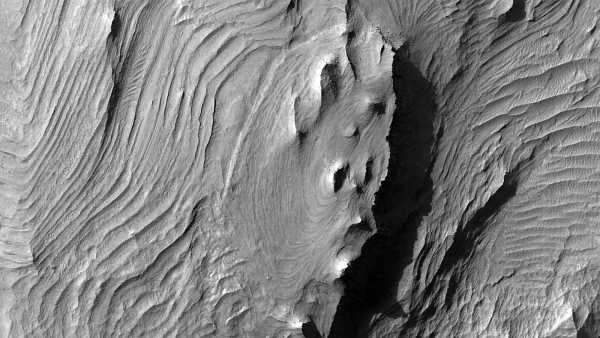
Solar System's longest canyon unveils fresh mysteries — Space photo of the week

This week in science: Storms rage on Earth and sun, while new moon spotted around Uranus

'Malia' bee pendant: 3,800-year-old accessory found in Minoan 'gold hole'
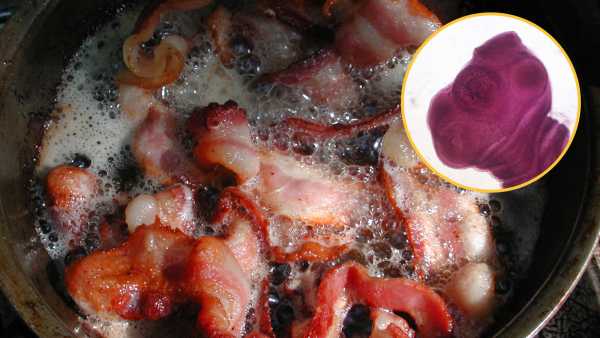
Man's preference for 'soft' bacon may have led to brain worm infection

Pregnancy is riskier in US than other wealthy nations. But we can fix it.
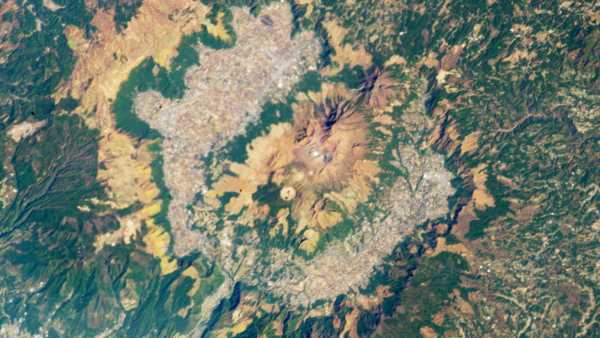
Japan's supervolcanic “hell” caldera hosts 17 distinct volcanoes MOST READ ARTICLES
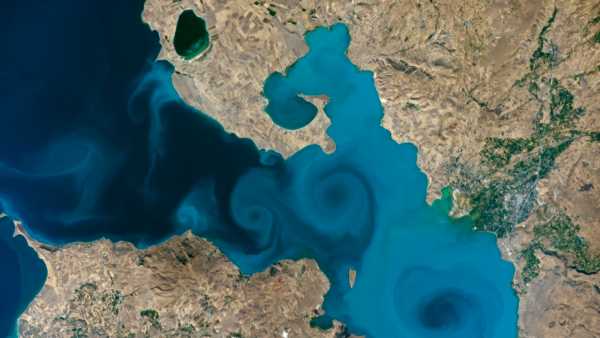
1Rare milky plumes paint stunning whirlpools in Earth's largest “soda lake” — Earth from Space
Live Science is part of Future US Inc., an international media group and leading digital publisher. Visit our corporate site.
- About Us
- Contact Future's experts
- Terms and conditions
- Privacy policy
- Cookies policy
- Accessibility Statement
- Advertise with us
- Web notifications
- Careers
- Editorial standards
- How to pitch us a story
© Future US, Inc. Full 7th Floor, 130 West 42nd Street, New York, NY 10036.
var dfp_config = { “site_platform”: “vanilla”, “keywords”: “type-regular,serversidehawk,videoarticle,van-enable-adviser-
Sourse: www.livescience.com


